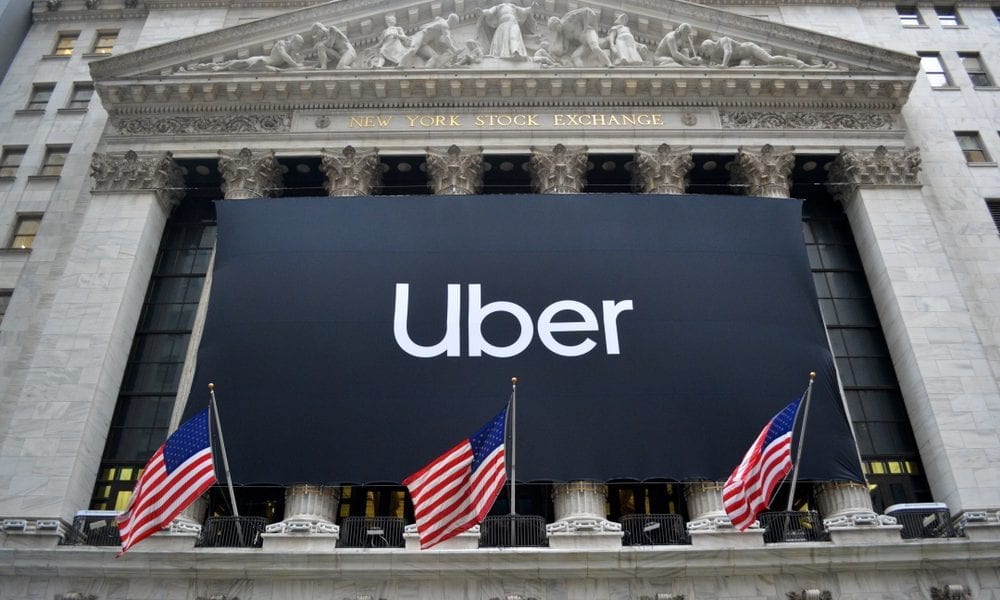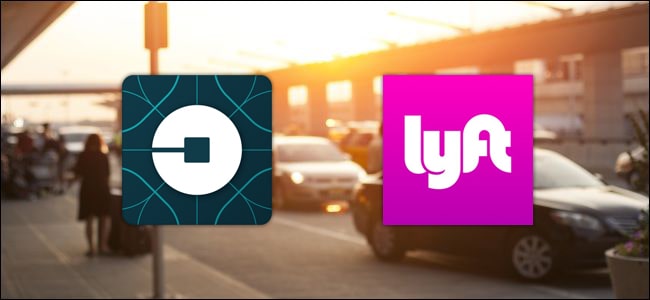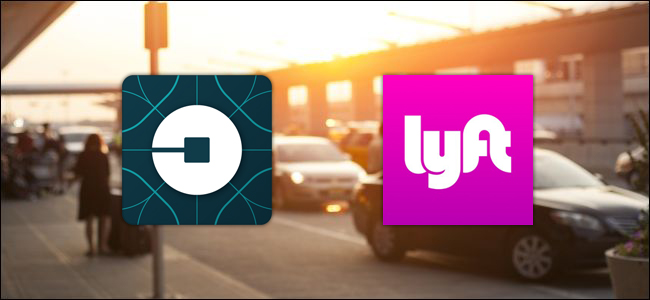Lyft Co-Founders to Resign; David Risher Is Named CEO
As the Transportation Network Service company battles to compete with larger opponent Uber, Lyft Inc. announced on Monday that its founding members Logan Green & John Zimmer would resign as CEO & president, respectively. Instead, council member David Risher will assume those positions.
Prior to joining the board of Lyft in 2021, Risher, a former executive at both Microsoft and Amazon, oversaw the non-profit Worldreader for more than ten years.

A dismal quarterly prediction increased worries that price reductions made to compete with larger rival Uber, which has a stronger price advantage, a global footprint, and a delivery service for food, will compress earnings. This led to a change of leadership at Lyft.
Also Read: Twitch CEO Emmett Shear to step down
David Risher stated service for riders as well as drivers would be their main focus and also, the cost of rides.
“One of the first things we’re very focused on is making sure we are matching Uber on price,” Risher said in an interview.
Expanding the business to food and grocery delivery was not an open option because of what it could do to the rider or the driver experience, he added.
Source: finance.yahoo.com
Over three-quarters of Lyft’s worth was wiped out in 2022, and stocks are dropped approximately 13 percent this year. Uber is now up 24 percent.
During Monday’s after-market trade, Lyft stock increased by nearly 3 percent.
Even with its operations ceasing during the epidemic, the firm, which was created in 2012 and became public in 2019, is still waiting to record an annual profit but it has reduced liabilities over the years.
“Lyft needed to do something … to begin rebuilding investor trust,” Gordon Haskett analyst Robert Mollins said. “We believe today’s announcement means a sale is unlikely – at least in the near-term – as David will likely be given a fair amount of time to improve (or at least attempt to) the company’s competitive and financial position.”
Source: finance.yahoo.com
Also Read: YouTube CEO Susan Wojcicki steps down after nine years
As the leader of the nonprofit Worldreader, Risher worked to promote children’s reading habits by facilitating the delivery of around 75 million ebooks to 21 million kids.
On April 17, Risher will take over as CEO of Lyft. According to the business, he will receive a $3.25 million transfer fee in addition to a $725,000 yearly wage.
Green, who arrived in the Bay Area at the age of 23 and took a job on Lyft in a 125-square-foot cubicle, will assist as the company’s chairman and Zimmer will be the vice chairman.

I am a student pursuing my bachelor’s in information technology. I have a interest in writing so, I am working a freelance content writer because I enjoy writing. I also write poetries. I believe in the quote by anne frank “paper has more patience than person







